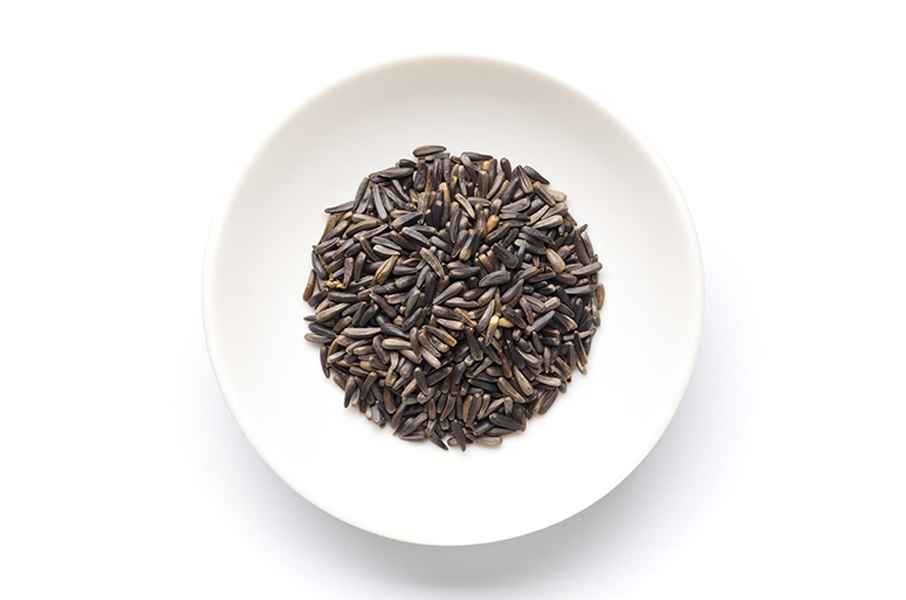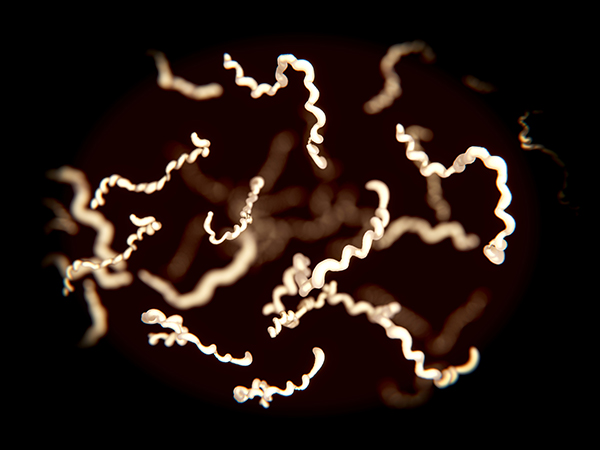Crotons: Colorful houseplants and potent anti-fungal agents
04/20/2020 / By Evangelyn Rodriguez

Many plants from the genus Croton are known as ornamental indoor plants. They belong to the spurge (Euphorbiaceae) family, one of the largest plant families consisting of about 7,500 different species. Codiaeum variegatum (garden croton), an ornamental shrub native to the South Pacific, is the most famous species of Croton and is grown for its different-colored leaves.
Like garden croton, the Brazilian plant Croton tricolor is a member of the spurge family, but it is a species of tree with simple, broad leaves. While it is not as well-known or attractive as its relative, C. tricolor possesses plenty of medicinal properties.
In a recent study, researchers from Brazil studied the chemical components of the essential oil obtained from the stems of C. tricolor. They also investigated the oil’s anti-fungal activity against several species of Candida, which are pathogenic yeasts known to cause infections called candidiasis. The researchers reported their findings in an article published in the Journal of Essential Oil Research.
C. tricolor essential oil is effective against several Candida species
Candidiasis is a type of fungal infection caused by some species of Candida, the most common and well-known of which is C. albicans. These fungi naturally live on the skin or inside the human body without being a detriment to human health. Common parts of the body that harbor these organisms include the oral cavity, the throat, the gastrointestinal tract and the vagina.
Candida fungi are kept under control by native bacteria, which are also present in different parts of the body. However, a disturbance in their equilibrium, such as from antibiotic activity, can disrupt the influence of native bacteria and allow Candida species to thrive. This results in candidiasis, which manifests as a red, itchy rash in the affected area. Vaginal candidiasis is often referred to as vaginal yeast infection, while candidiasis in the mouth or throat is called thrush.
A more dangerous form of candidiasis also exists. Simply called invasive candidiasis, this occurs when Candida fungi enter the bloodstream and infect internal organs, such as the brain, the heart or the kidneys. According to the U.S. Centers for Disease Control and Prevention (CDC), a multidrug-resistant and infectious Candida species called C. auris has recently emerged, and is now becoming a serious health concern worldwide. (Related: Here’s what to eat (and avoid) if you have a candida infection.)
In search of a natural anti-fungal agent against pathogenic Candida species, the researchers decided to investigate the potential of C. tricolor essential oil. They extracted the essential oil from the stems of C. tricolor via hydrodistillation with a Clevenger apparatus. Then, they screened the oil to identify its chemical components.
The researchers found that C. tricolor essential oil has four major components, namely, epiglobulol, a-bisabolol, a-trans-bergamotol and B-caryophyllene. Each of these compounds has exhibited strong fungicidal activities in previous studies. Using the microdilution method, the researchers then performed microbiological assays to determine the minimum inhibitory concentration (MIC) of C. tricolor essential oil against different Candida species.
The researchers reported that at concentrations ranging from 1.0 to 1024 mcg/mL, C. tricolor essential oil successfully inhibited the growth of all the Candida species they tested. Overall, the microbiological assays showed that C. tricolor essential oil has significant inhibitory activity against pathogenic species of Candida.
Based on these findings, the researchers concluded that the essential oil from the stem of C. tricolor is a promising natural anti-fungal agent that can be used to treat candidiasis.
Sources include:
Tagged Under: alternative medicine, Antifungal, candida, Candidiasis, Croton tricolor, essential oil, fungal infection, natural cures, natural medicine, Naturopathy, phytonutrients, remedies, research, superbugs


















